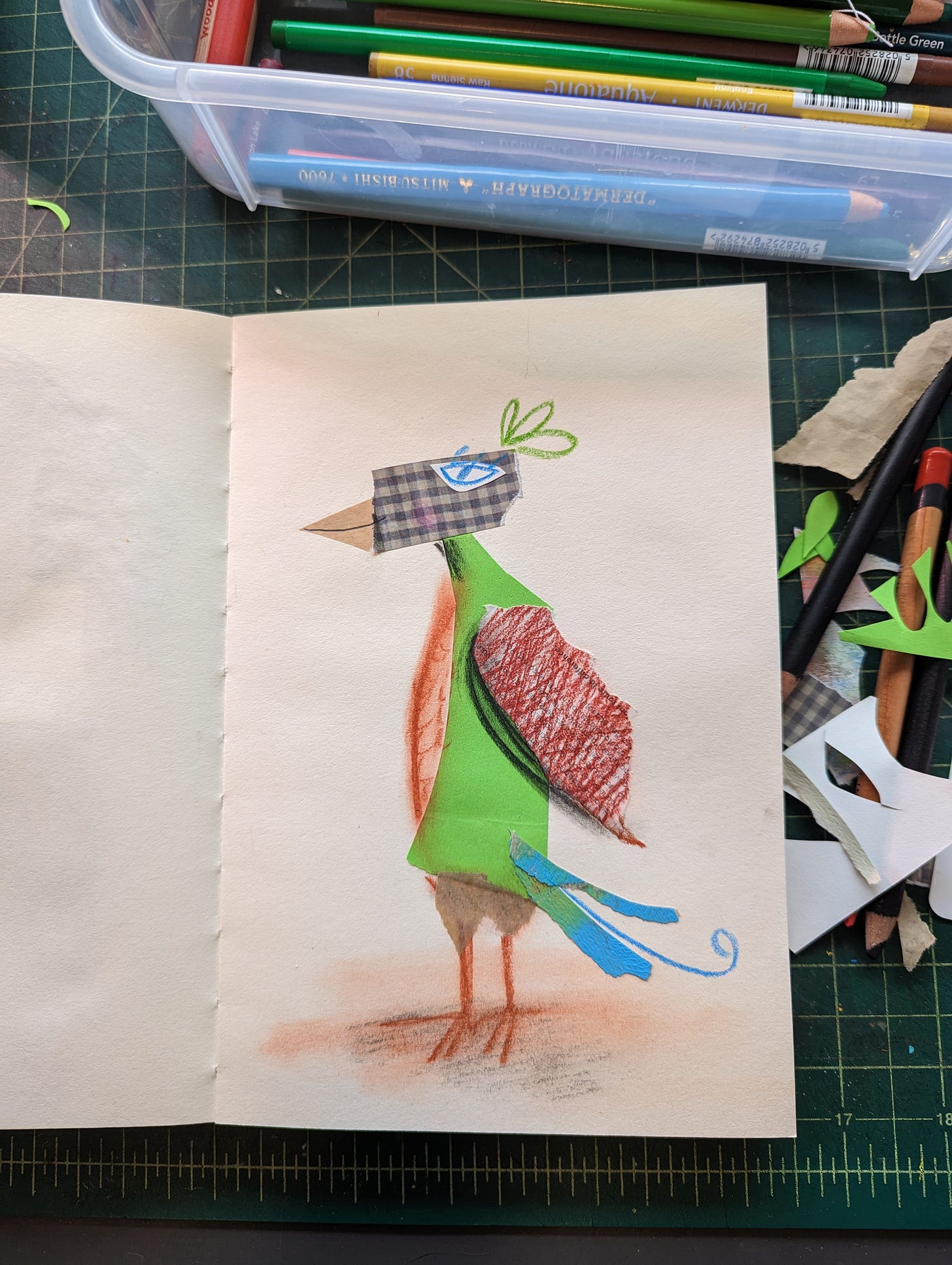I’ll admit to being a borderline superfan of the series Top Chef. The most recent season was an international competition, featuring winners and finalists of Top Chef series from all around the world. It made it unusually interesting, not only for the food, but for the experiences of the different contestants. There were two chefs from the Middle East, who seemed to feel great joy in being there, but immense pressure to represent their cultures to the world. There was a chef who had won Top Chef Italy but was from Ghana, and her uncle felt that she’d have a better life if she left her home to learn cooking somewhere else. Many of the contestants had families and kids. While they were all there to compete and hopefully win, the stories of them as people seemed to preface their accomplishments. They seemed like three dimensional humans, rather than just competitors.
On one episode, the cheftestants were taken out to an Indian meal made by a renowned chef. They were each served a thali, which as many times as we’ve eaten Indian food, I had never heard of. It’s a very photogenic platter of food composed around a central section of rice and containing six different tastes (sweet, sour, salty, pungent, bitter and astringent) that together in Ayurvedic medicine are supposed to balance the body and keep it healthy. Then, they were tasked with making their own thali that reflected their own story and style of cooking using the six traditional tastes. It was a very difficult challenge to conceptualize and execute the menu in a short amount of time.
I found this entire concept fascinating and so akin to an artist’s palette and supplies. Since I’m frequently switching back and forth between my art and baking, this made so much sense to me. Every time a chef or artist is using lots of different ingredients or supplies, they are ultimately trying to achieve a sense of balance in the mix. The ingredients or elements should work together, relate to one another, and ideally, elevate the whole thing from what it could’ve been as individual pieces. When I was younger, I didn’t understand the concept of balance. I wanted in your face flavors or art. There’s a sophistication in acknowledging balance and harmony, in letting a piece or dish develop how it needs to.
I watched the chefs enjoy eating the thalis at the restaurant. I could imagine the salty sourness of a mango pickle, offset with a slightly sweet and creamy masala. I could just imagine how exciting it is to taste of all of those flavors separately and together, to find that delectable mix of the perfect bite.






